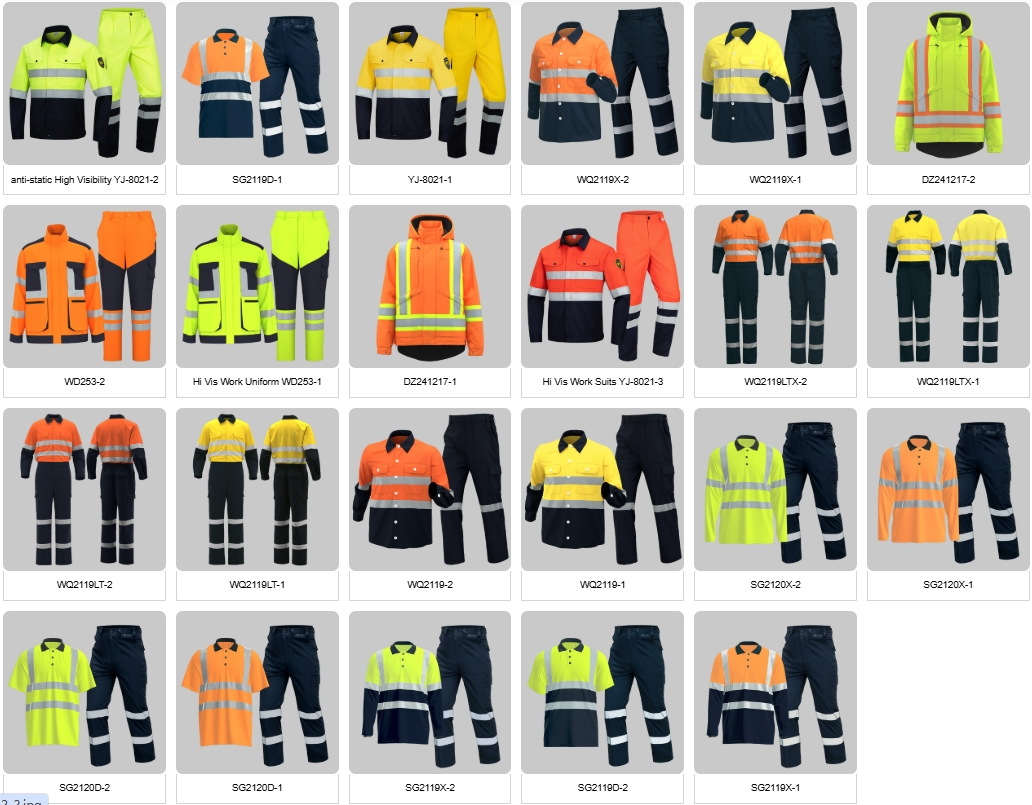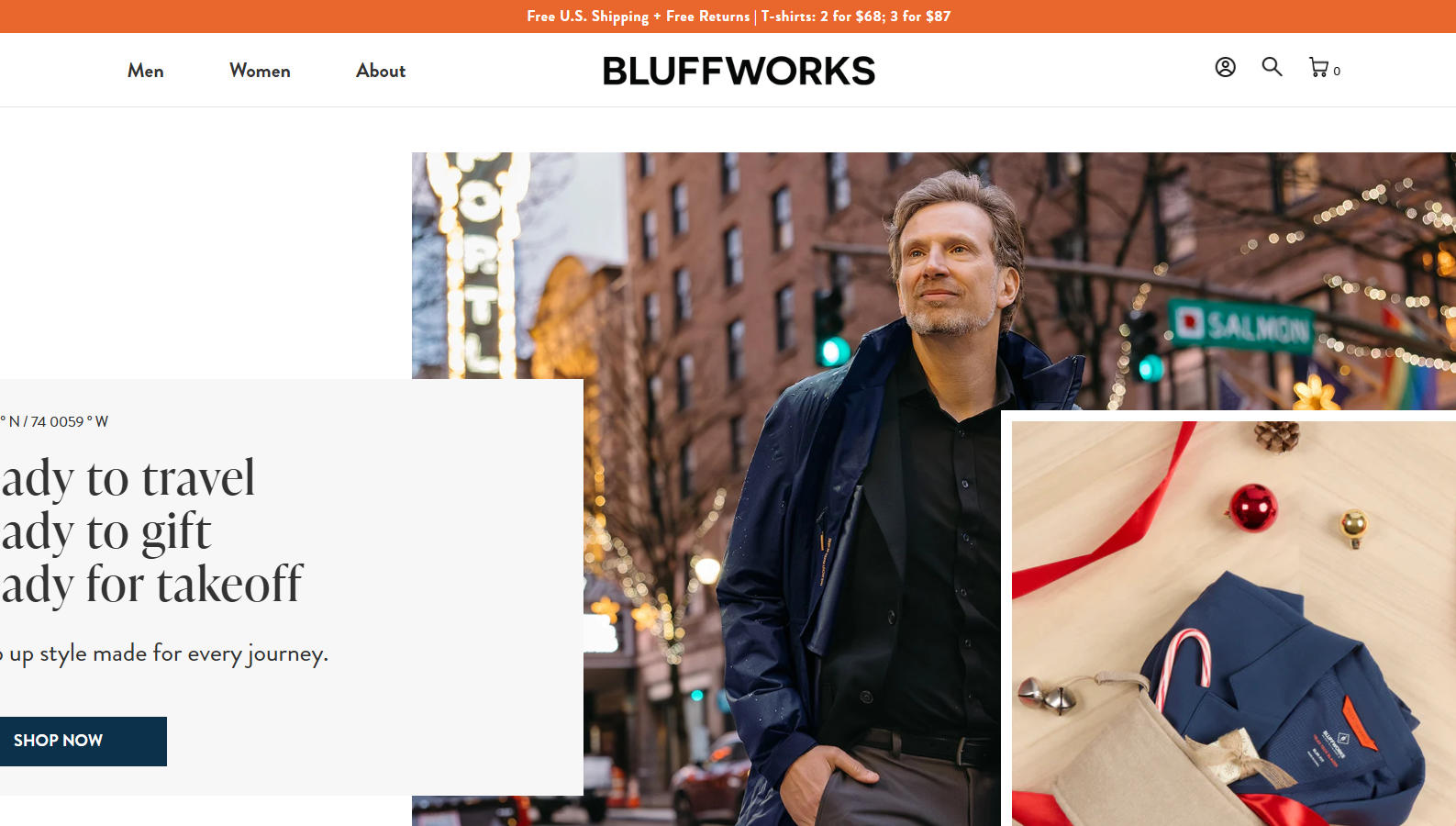The phrase “Men Argentina work clothes China” points to a very specific business operation: sourcing men’s workwear from China for the Argentine market.
This is a common and viable trade route. Here’s a comprehensive guide on how to approach it, covering the key products, sourcing steps, and crucial considerations for importing into Argentina.
Key Argentine Workwear Products Sourced from China
Argentine businesses typically import durable and cost-effective men’s workwear from China. The most popular items include:
-
Work Trousers/Pants: Heavy-duty cotton or poly-cotton twill pants, often with reinforced knees and multiple pockets.
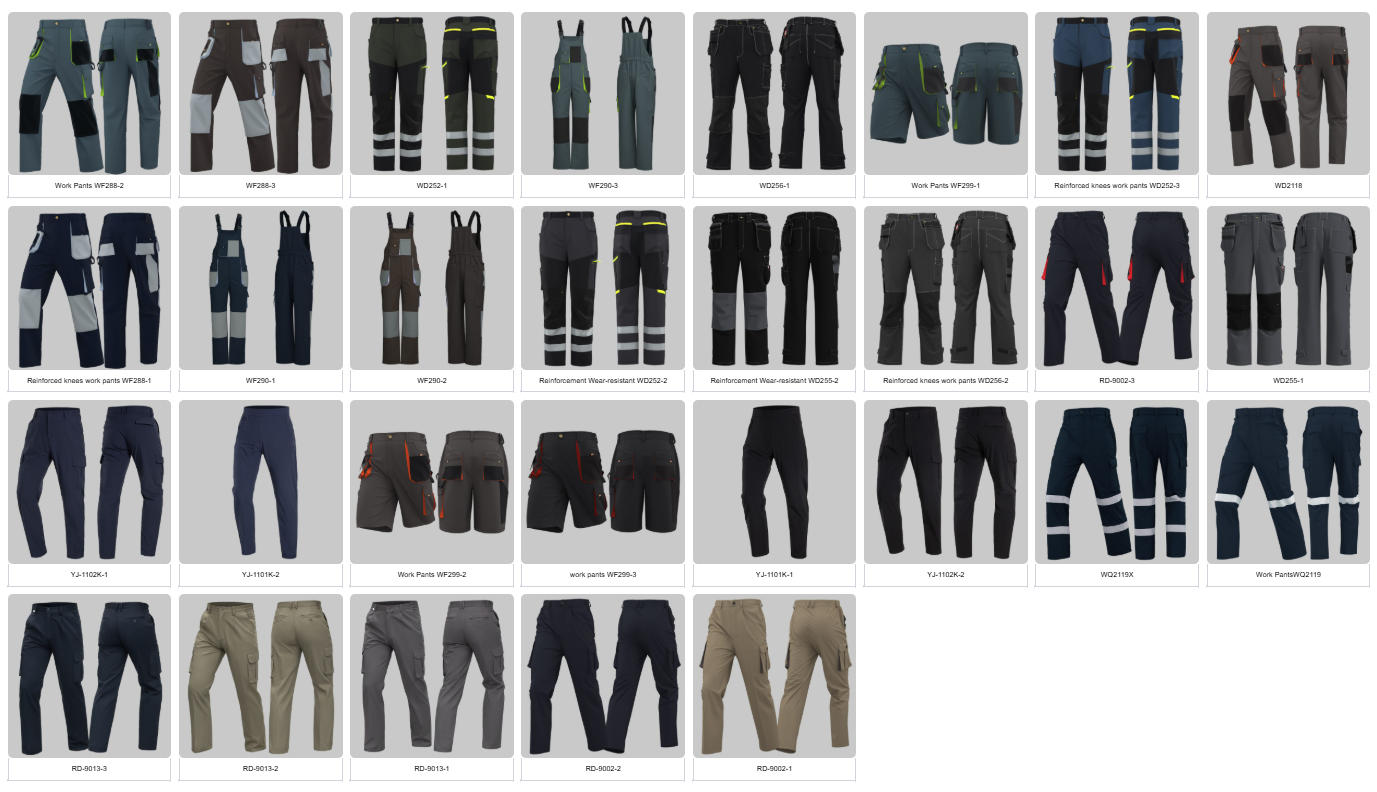
Industrial Work pants -
Coveralls : One-piece suits for industries like automotive, painting, and manufacturing.
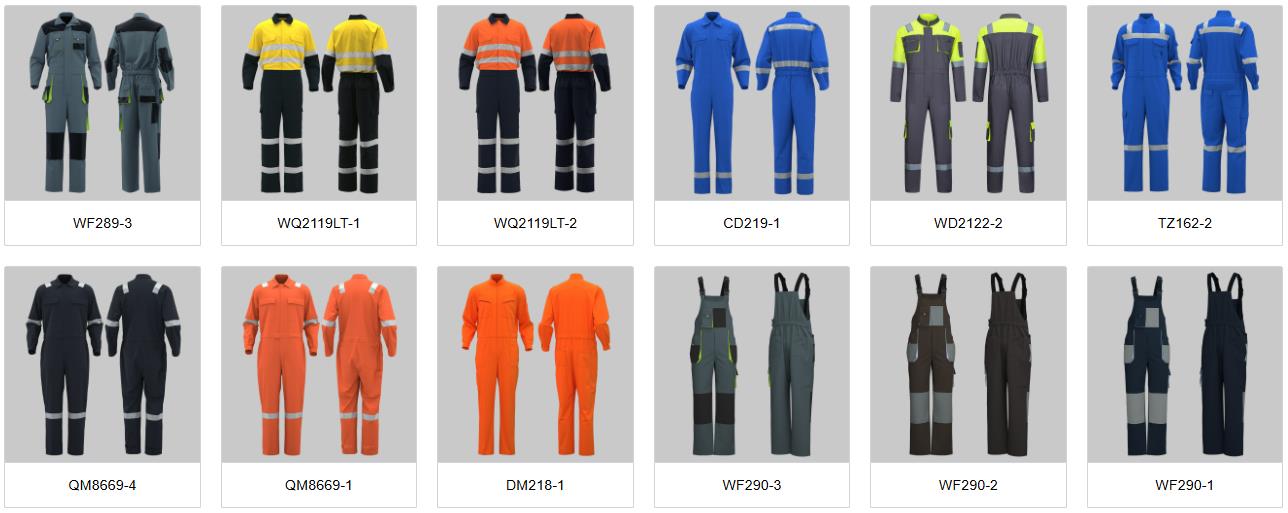
coveralls and overalls -
Work Shirts & Jackets: Long-sleeve shirts, bomber jackets, and fleece-lined jackets for varying climates.

work jackets -
High-Visibility Clothing : Vests and jackets for construction and road workers.
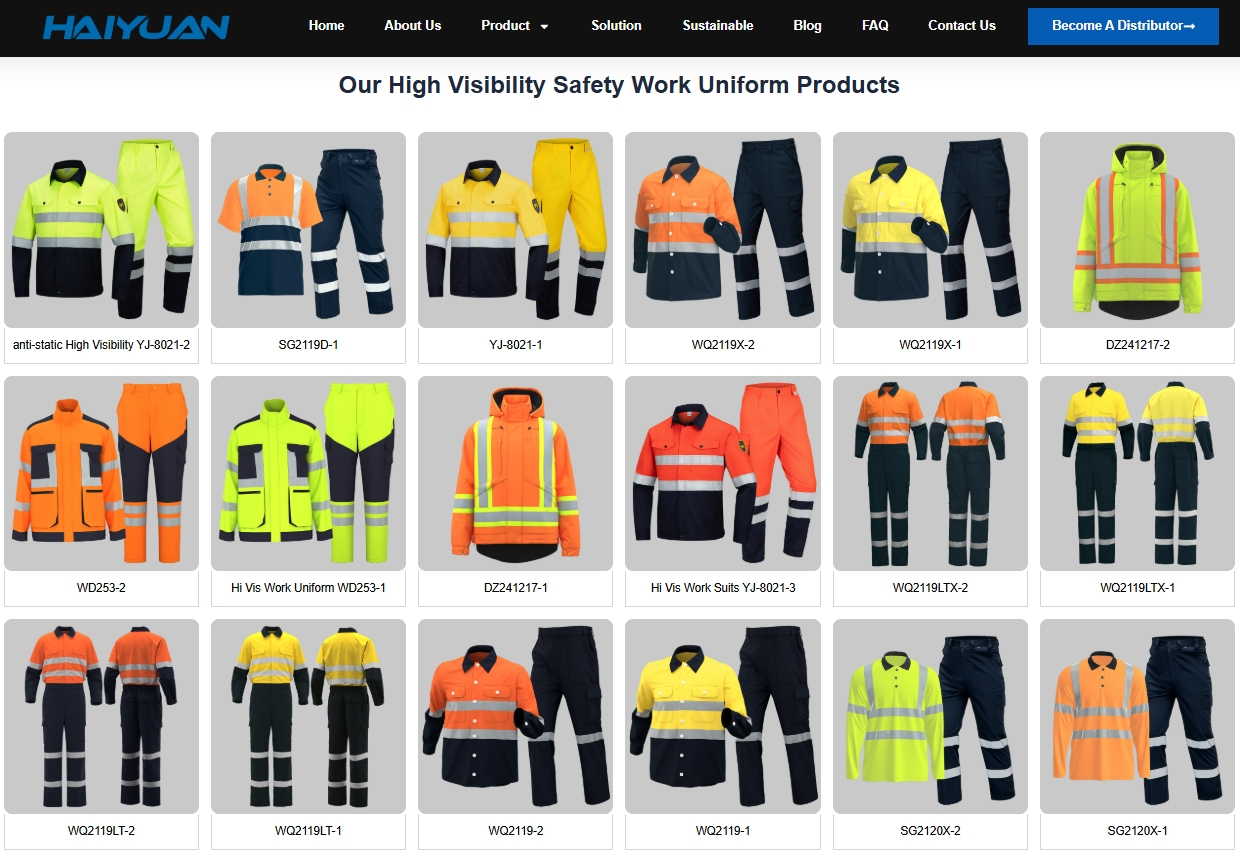
High Visibility Safety Work Uniform -
Industrial Footwear: Safety boots and shoes.
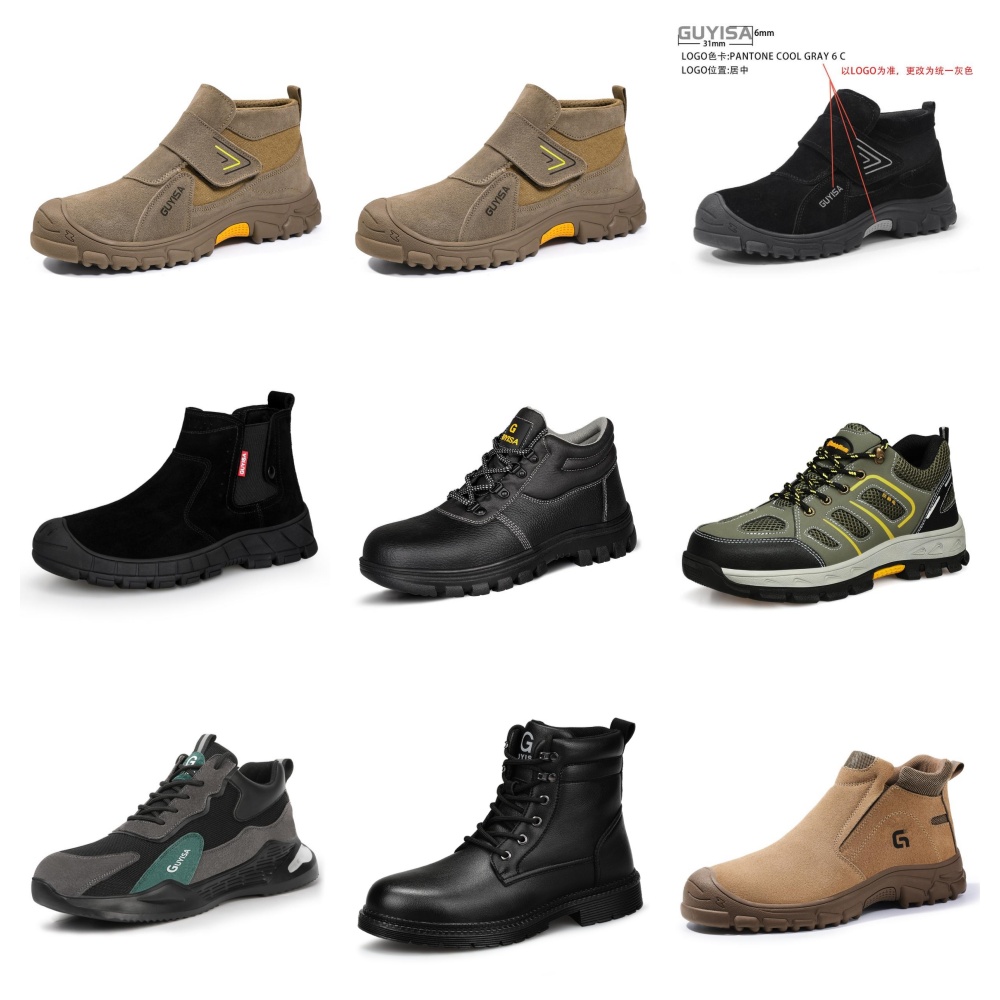
safety footwear
How to Source from China: A Step-by-Step Guide
1. Find Suppliers on B2B Platforms
The most efficient way to find manufacturers is through major B2B websites.
-
Alibaba.com: The largest global platform. Look for “Gold Suppliers” or “Assessed Suppliers” for better credibility.
-
Made-in-China.com: Another major platform with a strong focus on verified manufacturers.
-
Global Sources: Known for connecting buyers with suppliers from Greater China.
Search Keywords to Use:
-
“coverall“
-
“work trousers”
2. Contact Suppliers & Negotiate
-
Request Quotes (RFQ): Contact multiple suppliers. Provide details: product type, fabric (e.g., 65% polyester, 35% cotton), quantity, and target price.
-
Negotiate Key Terms:
-
Price: The FOB (Free On Board) price is most common.
-
MOQ (Minimum Order Quantity): Can range from 100 to 500 pieces per model/color.
-
Payment Terms: Typically 30% deposit, 70% before shipment.
-
Lead Time: Usually 30-45 days for production.
-
3. The Critical Step: Request Samples
Before placing a bulk order, always pay for a production sample. This allows you to check:
-
Fabric Quality: Is it the promised weight and durability?
-
Stitching & Construction: Are the seams strong?
-
Sizing/Fit: Argentine body shapes can differ from Asian standards. Check the size chart meticulously.
-
Color and Logos: Verify the accuracy of colors and any custom embroidery.
4. Organize Shipping and Import to Argentina
This is the most complex part. You have two main options:
-
Option A: FOB (Free On Board) – You Manage Logistics
-
The supplier gets the goods to the Chinese port and onto the ship.
-
You hire a freight forwarder and a customs broker (
despachante de aduana) in Argentina to handle the sea freight, insurance, and all import procedures. -
More control, potentially lower cost, but more work for you.
-
-
Option B: CIF (Cost, Insurance, and Freight) – Supplier Manages Shipping
-
The supplier organizes and pays for shipping and insurance to a port in Argentina (e.g., Buenos Aires).
-
You still need your Argentine customs broker to handle the import clearance, duties, and taxes.
-
Simpler for you, but less control and potentially higher cost.
-
Crucial Considerations for Importing into Argentina
-
Customs Broker (
Despachante de Aduana) is MANDATORY.
You cannot navigate the Argentine import system alone. A good broker is essential. They will:-
Classify your goods under the correct Mercosur Common Nomenclature (NCM) code.
-
Calculate and pay all import duties and taxes.
-
Handle all customs paperwork.
-
-
Import Taxes and Duties:
Be prepared for significant costs on top of the product price. These include:-
Import Duty (
Derecho de Importación) -
Value Added Tax (
IVA) – 21% -
Excise Taxes (
Impuestos Internos) – on some goods.
Your customs broker will give you the exact calculation.
-
-
Shipping Time and Cost:
Sea freight from China to Argentina is slow, taking 45-60 days. Factor this into your inventory planning. -
Cultural and Communication Tips:
-
Use clear, simple English in communications.
-
Be explicit and detailed in your specifications.
-
Be patient and confirm all details in writing.
-
Summary of Action Steps
-
Research: Go to Alibaba.com and identify 5-10 potential suppliers for men’s work trousers or coveralls.
-
Sample: Pay for samples from your top 2-3 choices. Inspect them thoroughly.
-
Find Local Partners: Simultaneously, start looking for a reliable customs broker in Argentina. They are your most important local partner.
-
Calculate True Cost: Get a detailed quote from your supplier (FOB price) and an estimate from your broker for duties, taxes, and freight. This is your true “landed cost.”
-
Place Order: Start with a smaller, manageable order for your first time to build trust and understand the process.
By following this structured approach, you can successfully and profitably source men’s work clothes from China for the Argentine market.
For some insightful reads, we’ve curated a list of recommended articles just for you:
- How do I find a product manufacturer in China?
- How to find cheap manufacturers in China? A guide to avoid pitfalls
- How to complete your first purchase of workwear in China safely and efficiently
- Custom uniforms for Small business
- Choosing the Best Industrial Work Suit
- Ultimate Guide: Best Wholesale Work Clothes in China
- Cut & Sew Customization
- Logo Customize Clonthing Manufacturer
- Labour Uniform manufacturer
- Labor clothing uniform for sale
- Working clothes china wholesale
Can’t find what you’re looking for? Feel free to contact us. We’re here to help 24/7.

